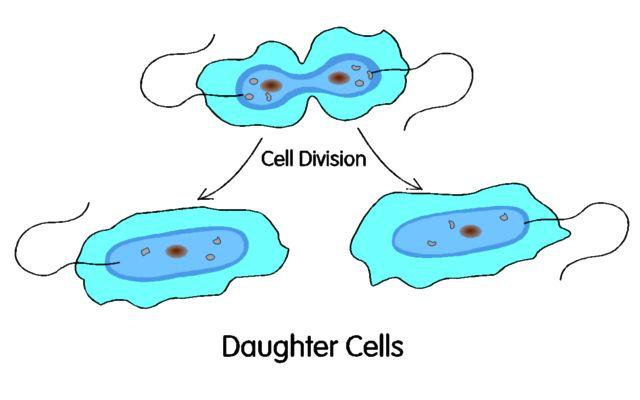What is the difference of sexual reproduction and asexual reproduction?
1 Answer
Asexual reproduction is a mean of reproducting that creates clones and sexual reproduction creat new individuals whit genome made of a mix of parents DNA.
Explanation:
Early organisme reproduc by asexual reproduction, like mithosis on a unicellular http://organism.
At some point, sexual reproduction appear ( fun fact: due to the process of meiosis that originaly was used to protect the genomic information due to an early envrionnement with harmfull solar radiation)
That new way of reproduction had several drawbacks, the big differences between asexual reproduction anc sexual reproduction are :
- that sexual reproduction need a couple.
- that one individual only transmited half of his genetique material ( wich is a bummer, especialy if the other half isn't that great on a fitness perspective)
- that the potential number of offspring per individuals tend to deacrease.
Nevertheless sexual reproduction spread throughout evolution. That come frome the great advantages of variability.
Having a variablility in one's offspring mean a very interresting procection against virus and parasites ( since virus a parasite couldn't be specialised on every possible genetique combinaison created through sexual reproduction).
Also this variability helped is a longer time scale where a great envrionnementale variation could left survivor if there was wide a range of resistance among a population where a serie of clones would likely all perish when facing a particular threat.
Several species tend to use the two mean of reproduction like wasps that can create monoique mâle with asexual reproducation and dioique female with sexual reproduction (they can choose to let an egg to be inseminate or not).
